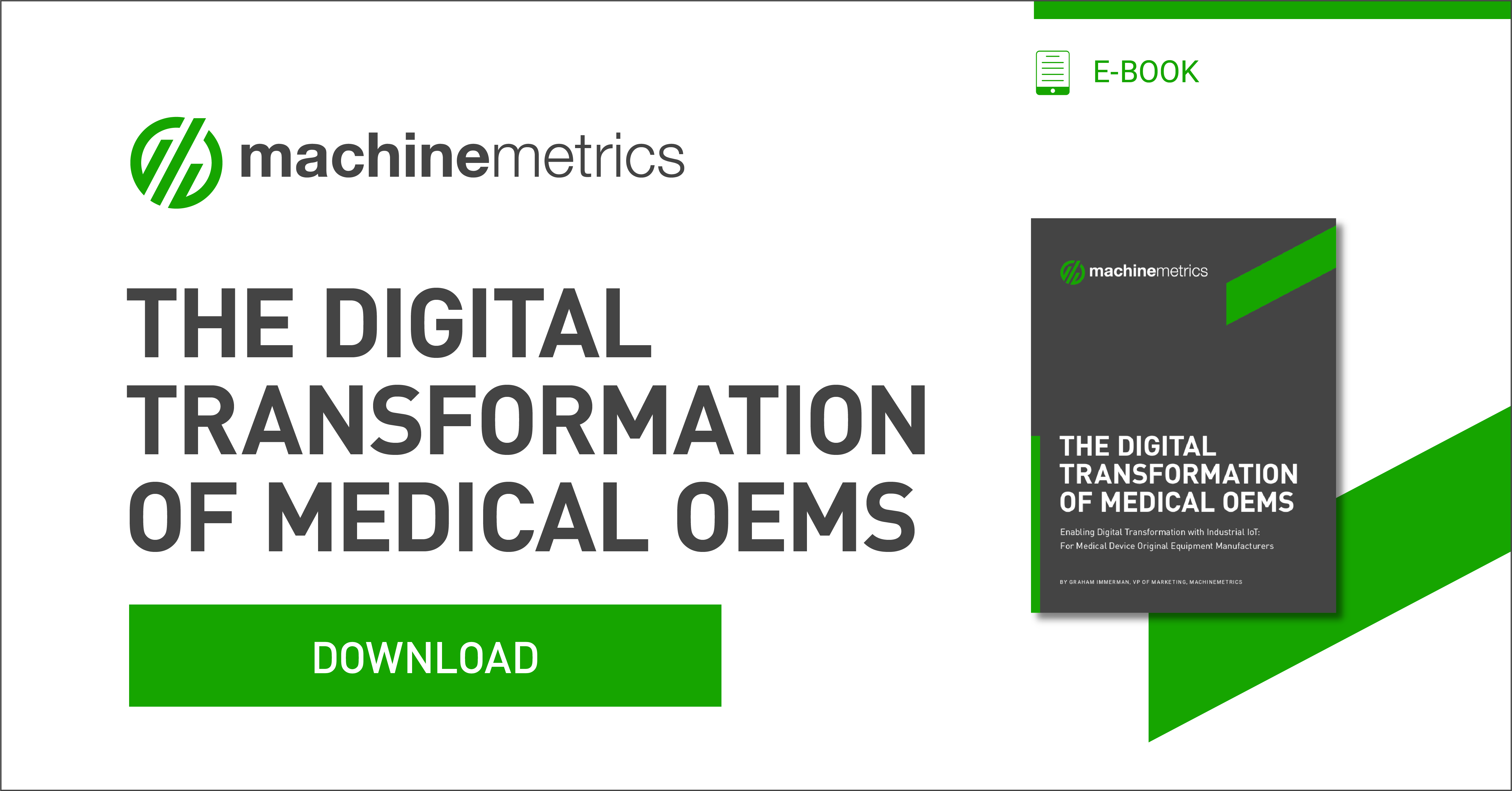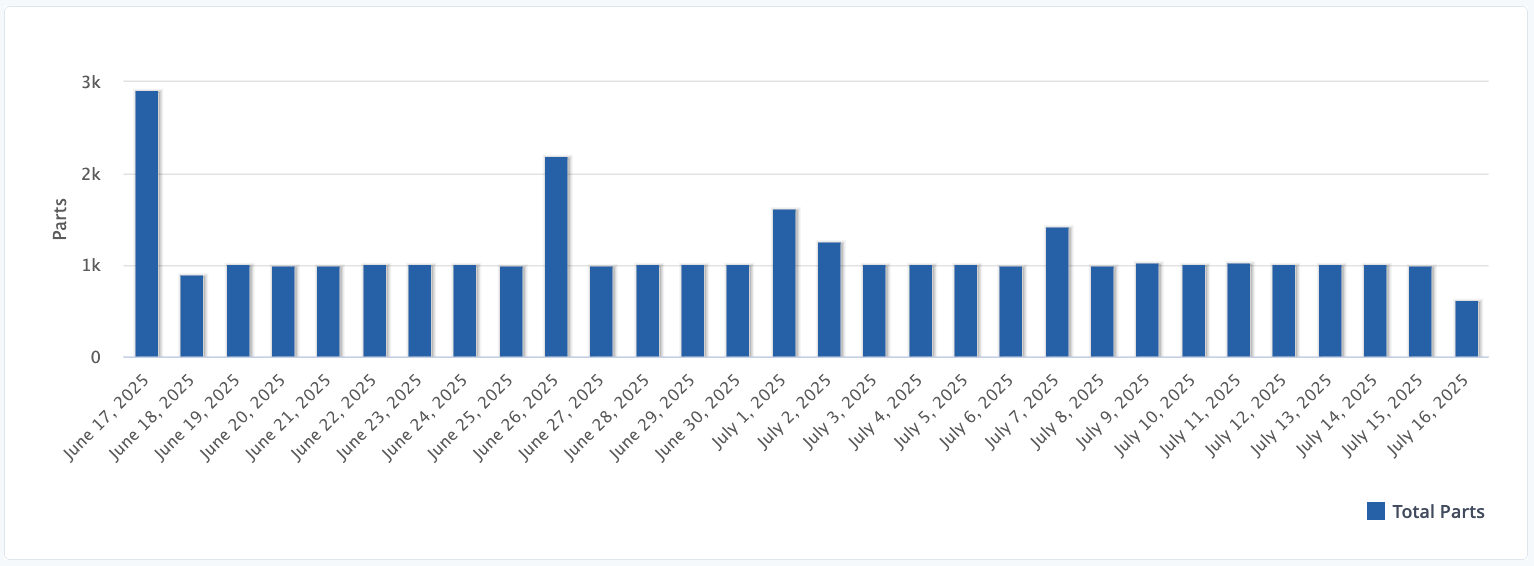Key Takeaways:
- Medical device OEMs face strict regulatory requirements and quality control challenges.
- IIoT solutions improve efficiency and ensure compliance with industry standards.
- Data-driven insights help manufacturers optimize production and reduce errors.
The concept of Industry 4.0 is driving digital transformation in a variety of industries, including for medical device original equipment manufacturers. Within the medical device production industry, the focus on discrete manufacturers has left many asking the question: where will enterprises that produce the equipment medical device manufacturers use, find information about applying digital transformation models to solve its problems?
To answer this dilemma, an understanding of the unique challenges medical device OEMs face is required. These challenges range from limited profit margins selling non-commoditized equipment to optimizing operational performance across multiple manufacturing facilities.
The 4 Challenges Medical Device OEMs Face
1. Offering Value-Based Equipment and Services in a Static Niche Market
Medical device equipment manufacturers are experiencing rising costs when it comes to both purchased equipment and maintenance. Many medical device manufacturers believe that this increase in equipment cost does not match the value OEMs currently offer to justify it.
Purchased equipment also needs to be maintained to function optimally. The expensive nature of recurrent maintenance costs underline the point medical device manufacturers make with regards to the value they get from purchased equipment. To mitigate these costs while earning some profit, medical device manufacturers pass on the burden to the end-user, which could either be individuals or healthcare centers.
Therefore, medical device OEMs must either justify the cost of the equipment they pass on to medical device manufacturers, or they must reduce maintenance costs.
2. Protecting Profit Margins for Niche Equipment
In many cases, the equipment OEMs produce for medical device manufacturers are niche - unlike other mainstream machines such as the average CNC or lathe machine. The specialist nature of these machines means that OEMs have a limited market to sell products. Thus, mass commercialization, and the benefits of economies of scale, are limited.
OEMs can solve this problem by optimizing manufacturing processes to reduce downtime and eliminate scrap. The provision of value-added services alongside original equipment also provides an avenue to generate revenue while reducing the difficulties medical device manufacturers face using the equipment.
3. Innovating and Integrating New Technologies into Legacy Equipment
With 91% of manufacturing enterprises turning to digital transformation and the benefit it provides, developing modern equipment that makes the transformation process easy is required. OEMs producing medical equipment understand that it must support Industry 4.0 initiatives, but sometimes struggle with innovation and revamping legacy devices.
In many cases, the challenges with innovation are because of a lack of understanding of how equipment users intend to connect these machines to digitalized networks or systems. Therefore, an understanding of shop floor operations within medical device manufacturing is required.
4. Unplanned Downtime and Less Than Optimal Machine Utilization
Like every manufacturer, OEMs face challenges with machine utilization and eliminating unplanned downtime. The effects of downtime on the manufacturing industry have been documented over time. These include financial depletion, loss of enthusiasm among employees, and unfulfilled orders which leads to low service-levels.
In an industry where profit margins are slim, unplanned downtime and irate customers will further eat into revenue projections unless they are mitigated.
Industrial IoT as a Solution
IIoT provides OEMs producing medical device manufacturing equipment with the tools needed to optimize machine utilization, reduce downtime, and provide optimized services to your target market. The integration of IIoT enables OEMs to monitor both the machines used within their facilities and the performance of the equipment they produce, moving them closer to an interconnected medical device factory.
The ability to monitor machine performance ensures manufacturing processes can be optimized. It also provides the data needed to develop innovative designs and create predictive maintenance strategies and other after-sales services to medical device manufacturers.
You can learn how IIoT supports medical device OEMs and how to eliminate specific challenges by downloading the complete eBook on how the Industrial IoT is driving digital transformation for medical device manufacturers and OEMs.



.png?width=1960&height=1300&name=01_comp_Downtime-%26-Quality_laptop%20(1).png)











Comments